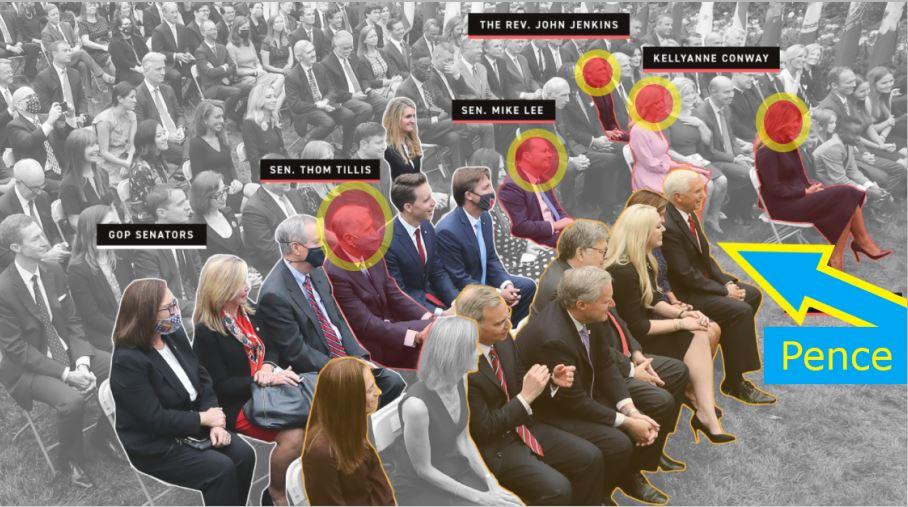Jared Keller
The Atlantic
September 30, 2011
“I never forget a face,” goes the Marx Brothers one-liner, “but in your case, I’ll be glad to make an exception.”
Unlike Groucho Marx, unfortunately, the cloud never forgets. That’s the logic behind a new application developed by Carnegie Mellon University’s Heinz College and Google that’s designed to take a photograph of a total stranger and, using the facial recognition software PittPatt, track down their real identity in a matter of minutes. Facial recognition isn’t that new — the rudimentary technology has been around since the late 1960s — but this system is faster, more efficient, and more thorough than any other system ever used. Why? Because it’s powered by the cloud.
The logic of the new application is based on a series of studies designed to test the integration between facial recognition technology and the wealth of data accessible in the cloud (by which we basically mean the Internet). Facial recognition’s law enforcement uses — to identify criminals out of a surveillance video tape, say — have always been limited by the criminal databases available for reference. When Florida deployed Viisage facial recognition software in January 2001 to search for potential troublemakers and terrorists in attendance at Super Bowl XXXV, police in Tampa Bay were only able to extract useful information on 19 people with minor criminal records who already existed in any database they had access to. But the Internet was a much smaller place in 2001; Google was in its infancy, and the sheer volume of data available in a simple search simply didn’t exist.
The Emergency Election Sale is now live! Get 30% to 60% off our most popular products today!



